It is not good for a private car to occupy a public space. For this reason, there is a city that excludes cars from the city center. Traffic congestion and accidents, such as the reduction of the problem, according to the population has also turned to increase.
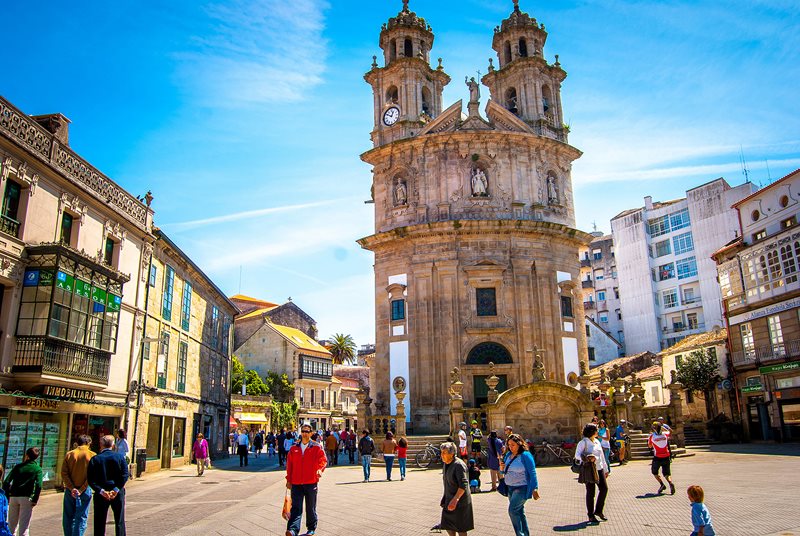
Miguel Anxo Fernández Lores, who took office in May 1999 in Pontevedra, a city in the southwestern part of Galicia, Spain, has a simple philosophy that owning a car does not mean the right to occupy public spaces I have. At the time of his inauguration, there were about 14,000 cars on the streets, but this caused problems such as children or old people taking advantage of the roads. He set a 300,000 ㎡ pedestrian-priority area, including a gravel road and a central road leading from the Middle Ages, less than a month after the market was elected.
The reason the city is over is because the car was flooded and the historic center was killed. The pollution and traffic accidents were frequent so that people were left out of the city due to the depression. For this reason, we decided to get rid of the car and return the public space to the residents to improve the traffic situation first.
First, it prohibited cars from running in the city and removed parking spaces on the ground. The car that was looking for the parking spot was the cause of the traffic jam. Instead of getting rid of all the central parking lots, we have parking spaces in the underground and in the surrounding areas. 1,686 of them were all decorated with free space. He also adopted a roundabout and eliminated traffic lights. The car-free zone expanded the range and restricted the speed to 30 km / h in areas where it was not.
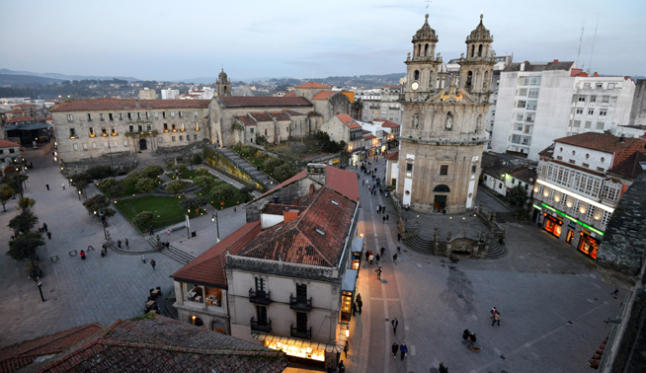
As a result, the number of traffic accident deaths from 1996 to 2006 was 30, but the number of deaths in 10 years was reduced to 3, and even from 2009, the number of deaths was zero. Carbon dioxide emissions have fallen by 70% and other cities in the region have decreased in population, but increased by 12,000 to become Ponte Beds. Also, thanks to the holding of building permits at the big shopping center, the small business in Pontevedra was able to withstand the situation even when the Spanish economy collapsed.
Of course, criticism also arises that the plan to prevent cars from running in the center of the city gives birth to local congestion. There is also criticism that there is not enough parking space. There is no public transportation from the parking lot to the center and you have to walk or use the bicycle. But about 25 minutes walk is enough.
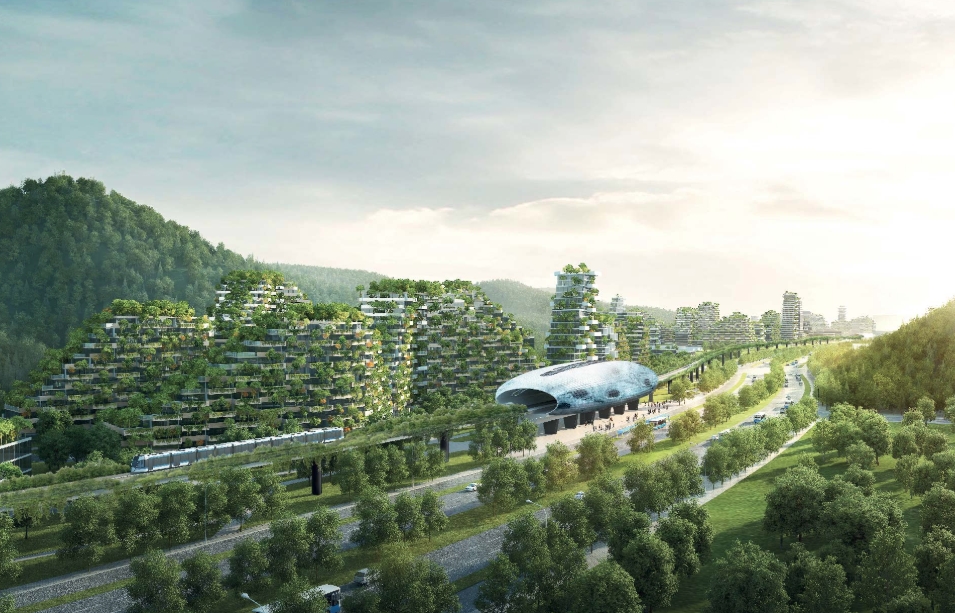
Here is another city. Liuzhou Forest City, designed by architect Stefano Boeri last year, is actually in the process of building a city in cooperation with the Liuzhou city government.
The city is entirely covered with plants and trees, including offices, homes, hotels, hospitals and schools. Liuzhou Forest City is built near the river north of Liuzhou and will be connected by train. In addition to residential areas, commercial streets, recreational facilities, schools, and hospitals are constructed on the streets.
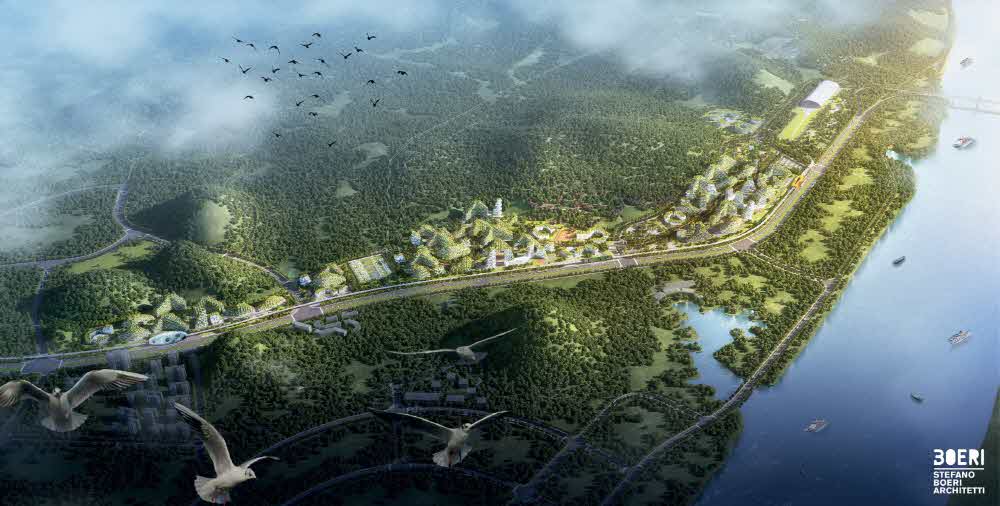
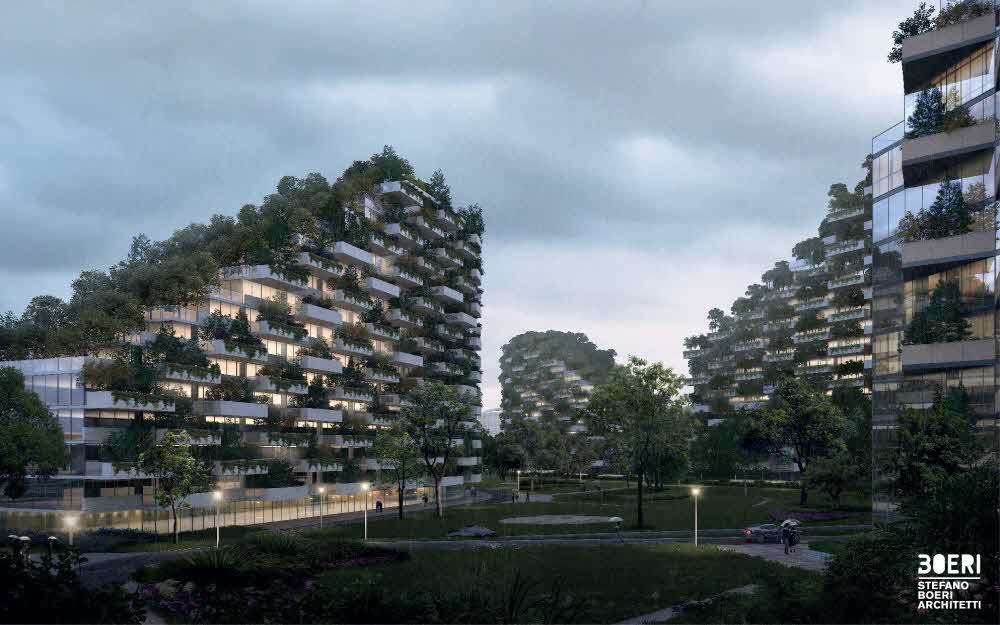
In addition to the buildings with futuristic design as described above, trees are planted along the roads and the whole building is covered with plants. If you look at it from a distance, you can say it looks like an ancient ruin.
One of the characteristics of the city is that solar panels are installed on the roofs of the buildings and self-sufficiency of energy through renewable energy such as geothermal heat and solar power.
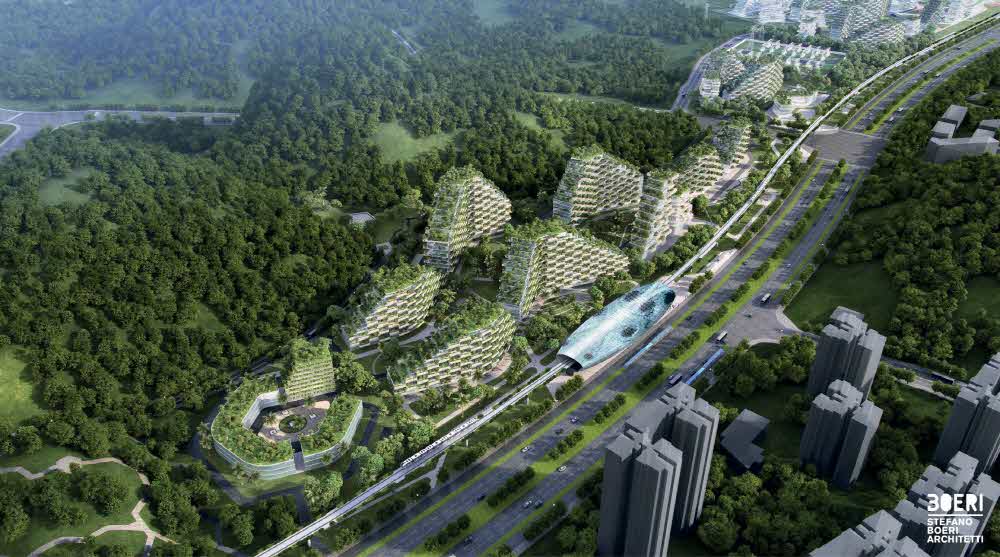
When the city is completed, 30,000 residents will live there. We will plant 40,000 trees and plant more than 100 kinds of plants. It is predicted that the forest will absorb 10,000 tons of CO2 per year, 57 tons of pollutants, and 900 tons of oxygen. In China, where environmental problems are pointed out, the use of these plants is expected to lower the temperature and provide algae or insect habitat to create life diversity.
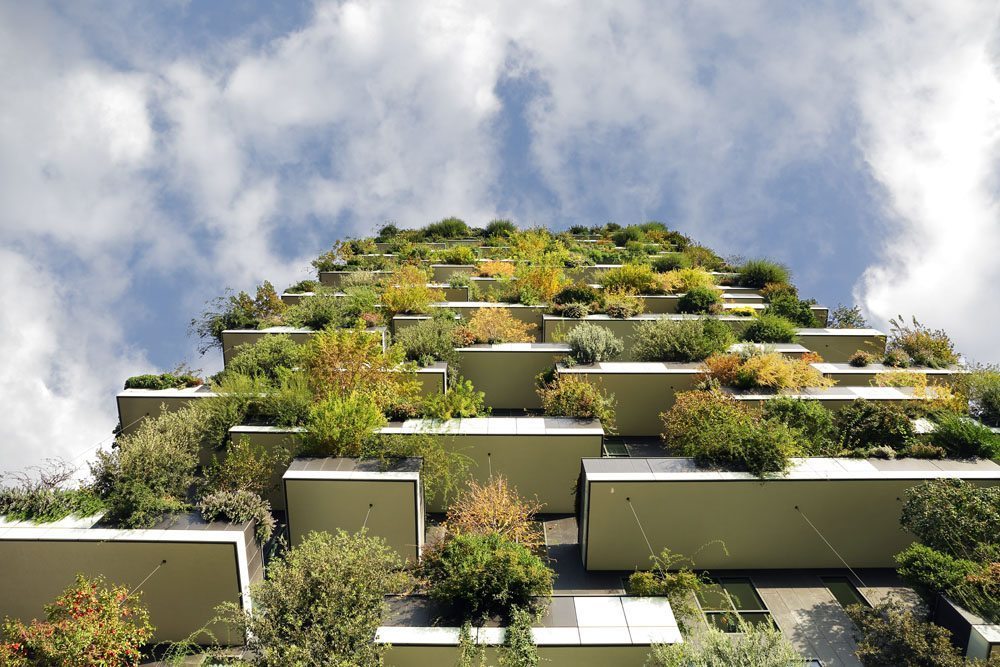
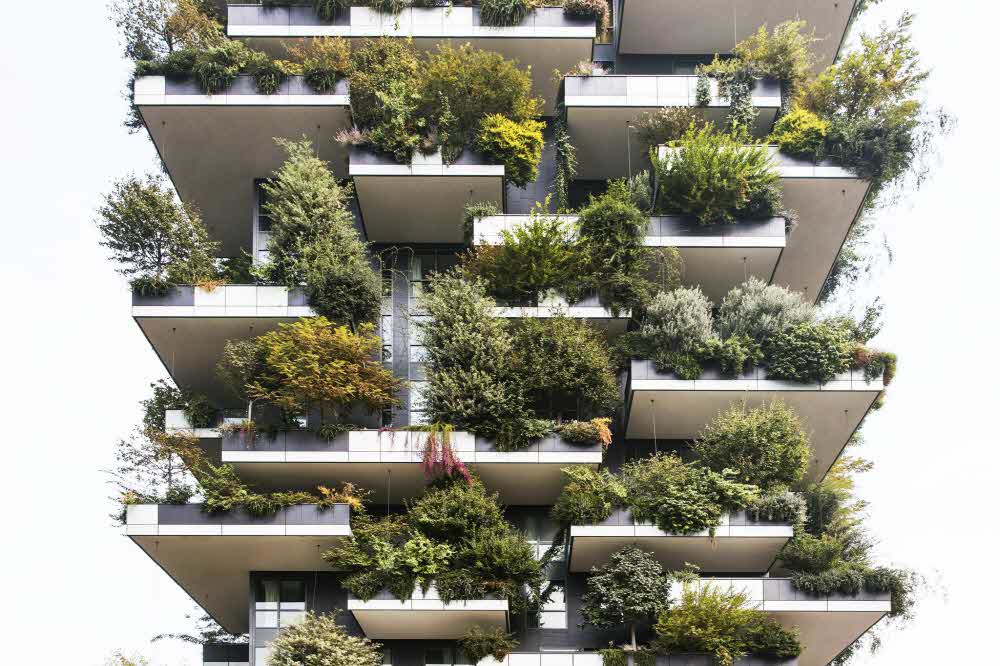
The architect is building a residential apartment called Vertical Forest in Milan, Italy. It is an idea to increase the urban forests and regenerate the environment without destroying existing city buildings. To this end, 900 trees and 20,000 plants were planted in 110m and 76m apartments in the center of Milan.
There are many people who want to live in a city that is as environmentally friendly as possible. However, science and technology have improved greatly, but it is still not the ideal city. According to YouTube channel Life Noggin, two-thirds of Americans live in cities. However, urban residential environment is not so good. What is the perfect city condition with an ideal residential environment?
First of all, the most important thing is wearing. There is abundant water. Ideal if you are around a lake like a lake. Of course, if there is an extreme season such as a long rainy season, it should be as mild as the weather.
In order to form a community, the city must be somewhat large. But it is not good that residents are overflowing. In this regard, the size of 650,000 square meters, the population of about 500,000 is the most ideal.
Next, it is convenient to have a subway in the center so that you can go anywhere in the city. As in the previous example, if you can exclude cars from the ground and freely travel only pedestrians and bicycles, it can be a good choice for traffic safety and health. A car-free society can sound extreme, but it’s worth considering as there are cities like Paris that have removed the highway, or even the cities like Pontevedra.
In addition, sunlight or wind power may be needed for the urban environment to function properly. Using such renewable energy can reduce air pollution problems.
Using high-rise buildings, it is possible to make cities close to jobs and dwellings. Of course, it is also possible to record high-rise buildings like places like Singapore where green spaces are needed.
In order to become a city where you can enjoy as much as possible, consideration for sociality is also essential. School activities and dense communities. Also, norms should help return to society, and avoid harsh penalties. If the offender is put in prison, the cost is high and the recidivism rate increases. In this ideal city, it may be good to allow the offender to act as a watchdog to keep the city safe and pleasant.
In the case of streetlight, energy can be saved by using sensor. It can check if there is a person and adjust the light accordingly to prevent waste of energy. Already such a structure has been adopted in Amsterdam, the Netherlands.
The next step is to lower the cost of living and build public housing at affordable prices. In Singapore, 80% are developing a sense of sharedness with the community living community established by the government. Research suggests that the ideal city can not be built yet because of cost concerns and too much collaboration with the government. It is estimated that between 20 billion and 40 billion dollars will be spent to build an ideal city from scratch.

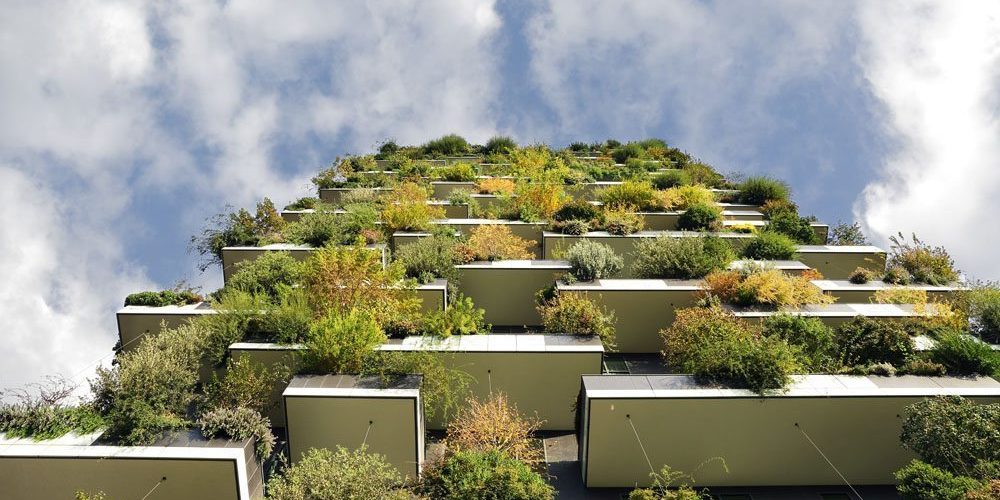
















Add comment